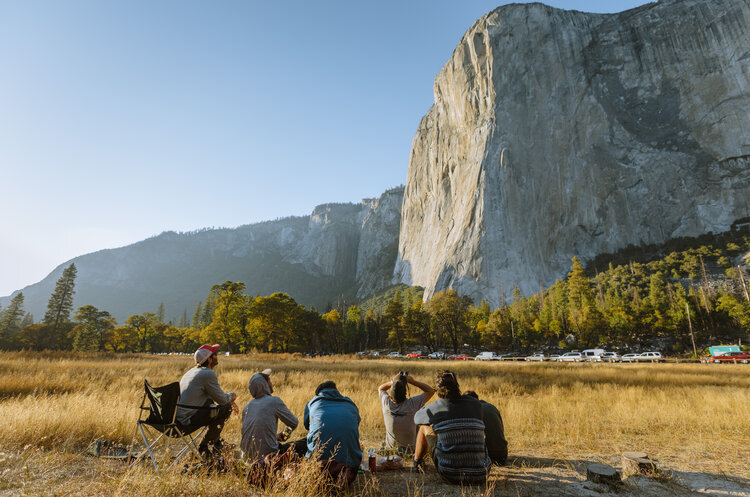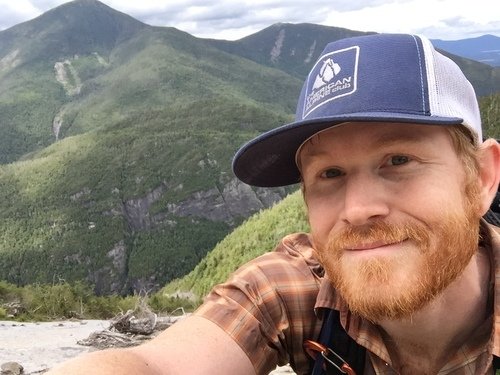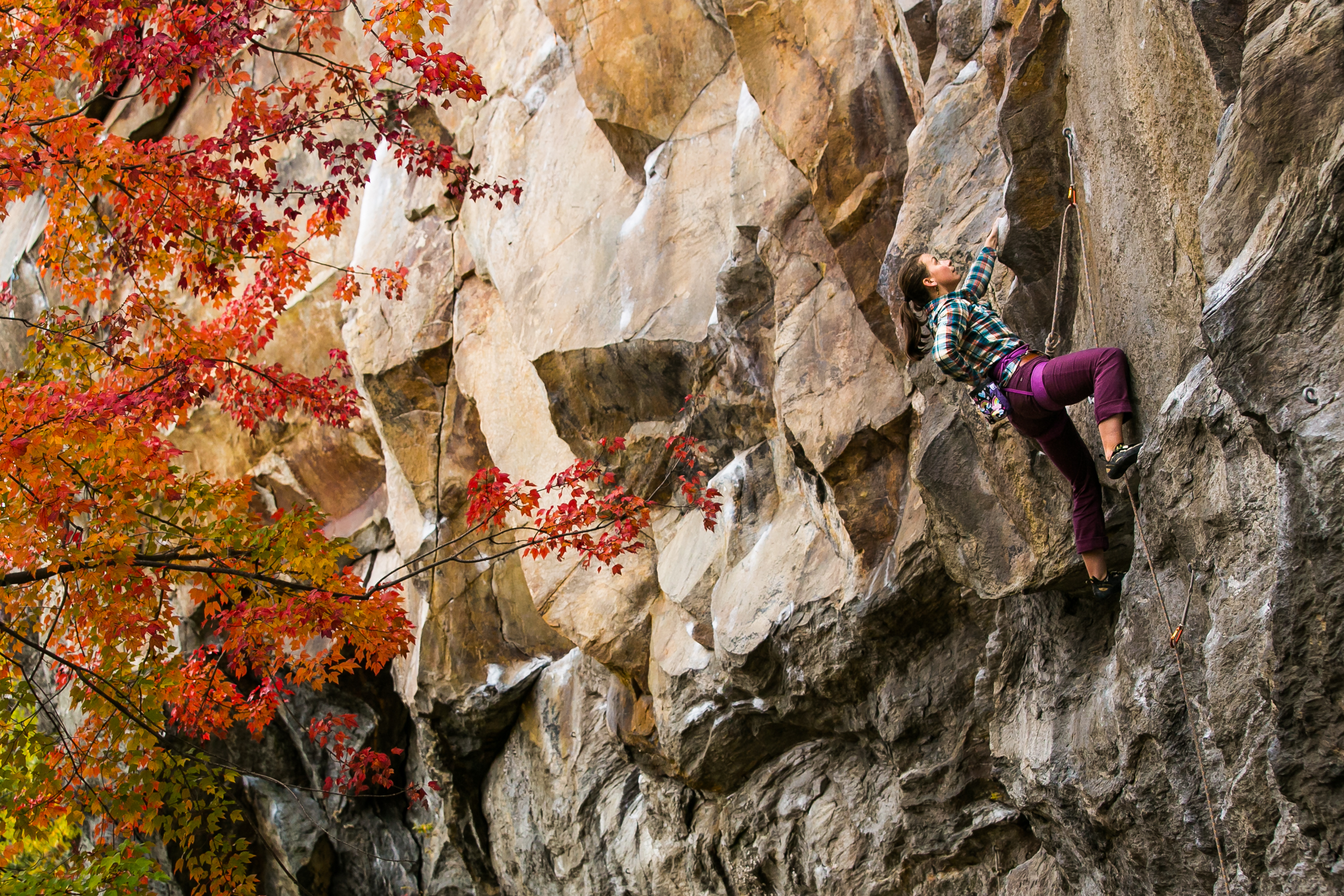Learn More:
The American Alpine Club is proud to announce our inaugural Excellence in Climbing Awards Dinner, presented by Adidas Outdoor. The dinner will feature a keynote by Adidas athlete Libby Sauter and honor the 2016 Hall of Mountaineering Excellence Awardees: Tom Frost, Hugh Herr, John Roskelley, Libby Sauter, and Geoff Tabin. This prestigious award is given to those who have made lasting contributions both on and off the mountain. These climbers have inspired a legacy for future climbers, positively impacted the environment, and advanced the fields of science and medicine, all while accomplishing incredible climbing feats.
“For the past 7 years, the American Mountaineering Museum has been quietly inducting America's most accomplished climbers into the Hall of Mountaineering Excellence,” said AAC CEO Phil Powers. “This year the AAC is recognizing these notable climbers in a much more public forum in downtown Denver.”
The event features a special keynote by Libby Sauter. An all around climber, Sauter has many accomplishments ranging from big walls to mountaineering to high lining. She holds speed records in Yosemite and has done first ascents in South America. When not in the mountains, Sauter works as a pediatric nurse for Novick Cardiac Alliance, a nonprofit that brings cardiac care to conflict zones.
Here is a little more about this year’s group of inductees:
Tom Frost for his efforts in saving Yosemite's iconic Camp 4 and his many first ascents in Yosemite including the Salathe Wall.
Geoff Tabin for co-founding The Himalayan Cataract Project, which brings sustainable eye care to the Himalaya and for climbing the seven summits.
John Roskelley for giving back to the climbing community with his writing, his public service and notable ascents in the Himalaya including the third ascent, and first American ascent, of K2, by a new route.
Hugh Herr who is head of the Biomechatronics research group at MIT,where he develops wearable robotic systems that serve to augment human physical capability and for climbing many first ascents such as the first 5.13 on the East Coast with Lynn Hill.
Libby Sauter for her many speed records in Yosemite, including a new women's record on the Nose of 4 hours and 43 minutes, and for her work as a pediatric nurse for children who need heart surgery in third world countries.
The dinner will be held on May 7, 2016 at the History Colorado Center located at 1200 Broadway, Denver, CO 80203. To go along with the keynote and induction ceremony, attendees will enjoy a cocktail reception, live and silent auctions, libations, and fine dining. An after party featuring live music by 80’s cover band, The Goonies, an open bar, and gear giveaway will take place directly after the dinner also at History Colorado. All proceeds benefit The American Alpine Club Library and The Bradford Washburn American Mountaineering Museum.





































